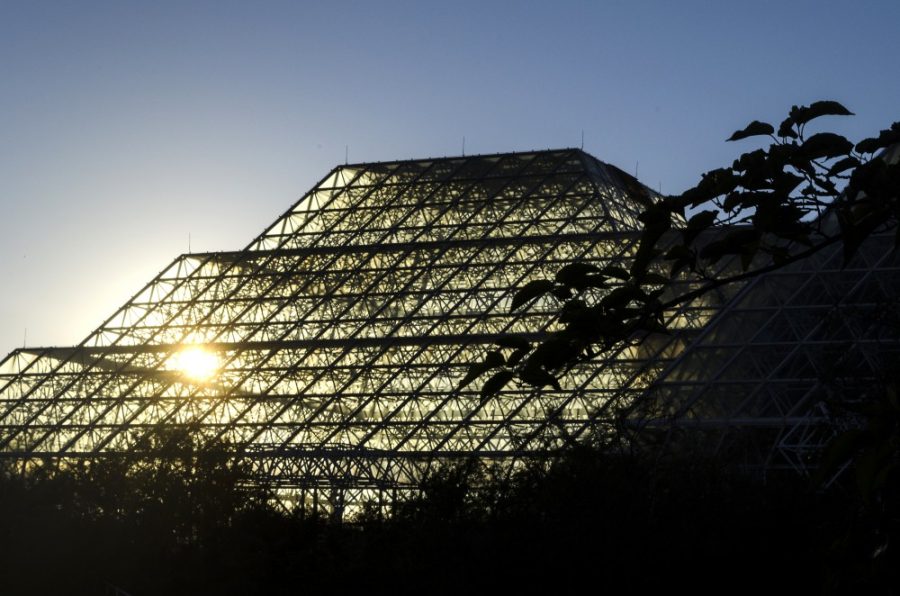On Oct. 17-18, Biosphere 2 hosted a workshop for UA students, Biosphere 2 faculty and local teachers to help develop a sustainability curriculum for K-12 students.
Every year, over 100,000 people visit Biosphere 2, and 10,000 of them are K-12 students. Biosphere 2 already gives curriculum lessons to students, but this workshop was specifically geared toward creating a curriculum to teach students about sustainability, using the special resources available at Biosphere 2.
Kevin Bonine, director of education and outreach for Biosphere 2 and director of outreach initiatives for the UA College of Science, said the goal of the workshop was to develop lessons that have “real-life questions related to sustainability that integrate lots of disciplines.”
After completing an online application, participants, including students from a variety of majors and backgrounds, were selected to participate. A number of them were in the College of Science and the College of Engineering, particularly from the biosystems engineering program.
The workshop began with participants looking at Project WET, a foundation that promotes STEM and water education and that offers examples of sustainability curricula already in use.
Selected curricula from Project WET incorporate different areas of math and science while connecting the lessons to sustainability. For example, one lesson has students demonstrate they can use rainfall amounts and roof surface area to determine which crops grow and to think even further about food choices based on water availability and calorie levels.
After using Project WET as inspiration, each team defined sustainability and stated what they believed to be the most crucial components of the topic.
Eventually, participants reached a consensus on a definition for sustainability and which topics would be necessary to the curriculum.
Participants also took a tour of Biosphere 2 and observed its current research, the different biomes represented within it and other assets of Biosphere 2 that could be used for teaching opportunities in the curriculum.
After the tour, the participants were placed into groups to create lesson plans. Some lesson topics revolved around different topics in sustainability such as water harvesting and conservation, food production, carbon cycling and the role of biodiversity.
“[The] idea was to come up with hands-on, inquiry-based lessons to teach kids about sustainability,” Bonine said.
Lesson plan templates included an objective, a description, a list of materials, the cost of supplies, supplementary materials and the next-generation science standards that the lessons would cover.
Between six and nine lessons were created that are almost ready to be taught, with preparations for the K-12 students coming in the spring.
According to Bonine, the teachers who completed the workshop said they enjoyed collaborating with the latest and greatest in these fields during the workshop.
UA students who recently took courses in some of the science subjects had more updated knowledge than teachers who learned it years ago. Thus, there was a collaboration of content knowledge expertise on the students’ part with knowledge from the teachers of how to best teach these ideas according to Bonine.
Additionally, many students who participated expressed interest in science education, allowing the teachers in attendance to serve as mentors.
Follow Varuska Patni on Twitter.









